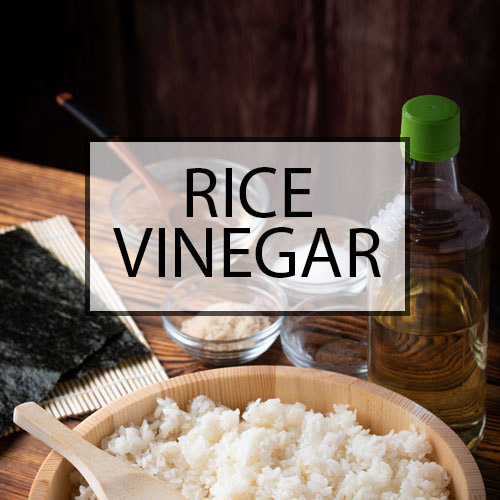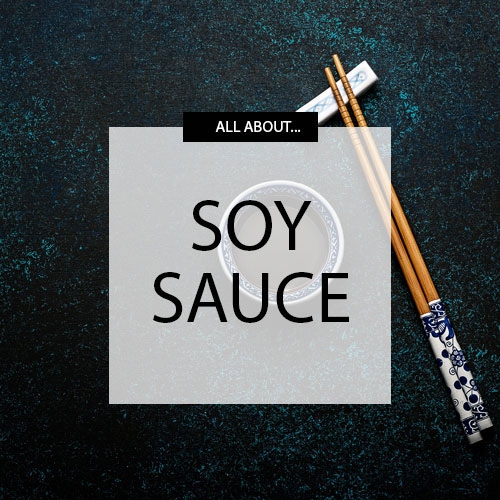A foodie success story, sriracha has become the hot sauce on everyone’s lips. For those who think maybe they don’t like hot sauce, or have just been doing other things for the past decade, we ask ‘what is sriracha?’.
And more importantly, is it hot?
What is sriracha?
Sriracha is a chili sauce, originally from East Asia. Its exact origin is hotly debated but it is generally accredited to the town of Sri Racha in Thailand. What the world has come to know and love as sriracha actually comes from California, where it was invented by a Vietnamese immigrant. Hence the more familiar term of hot sauce.
Interestingly, sriracha is common in both Thailand and Vietnam but in Thailand it is used as a dipping sauce, where it has a thinner consistency and a sharper flavour with more vinegar. In Vietnam is is used more as a condiment.
Sriracha ingredients
It is made from chilies, sugar, salt, garlic and vinegar. Commercial varieties have xanthan gum added as a thickener to make it squeezable like mustard or ketchup. It is this squeezable aspect that is possibly, at least partly, responsible for it becoming a worldwide phenom.
Red jalapenos (which are basically green jalapenos that have ripened in the sun) are mixed with vinegar. This breaks them down and also helps to preserve the final product. Salt is added and the mixture is left to do its thing. Kind of like fermenting, but not strictly fermenting as it contains vinegar.
Once the chili, vinegar, salt combo has worked its magic, sugar and garlic are added. It is this, plus the flavour of the chilies, that gives sriracha its unique flavour profile.
Our sriracha chili sauce is certified organic so is made from 100% organic ingredients.
Is sriracha vegan?
The process of making sriracha does not involve any animal ingredients but the provenance of certain ingredients may be called into question. It depends how much of a hard line you take on veganism. Sugar and vinegar may both include animal by products in their processing.
Is sriracha gluten-free?
Theoretically, sriracha contains no ingredients with gluten. But, unless a product is labelled gluten-free and manufactured according to strict regulation it cannot be certified gluten-free. Vinegar, although made with grains, should be gluten-free but there are no guarantees.
So is sriracha sauce hot?
Sriracha brands will vary in their intensity, but as hot sauces go, sriracha is considered to be on the mild side. It is more about flavour than heat, with a little kick that you miss once its gone. Chili excites the tastebuds, making them more receptive to flavour and waking up the appetite.
The Scoville scale measures the capsaicin content of chillies. Capsaicin irritates mucous membranes which is why chile peppers feel hot in your mouth or hurts like hell when you accidently rub it in your eye.
Jalapeno peppers, like they use in sriracha, register at around 5,000 to 9,000 units. The mild and licorice-y pasilla pepper used in Mexican cooking registers between 1,000 to 1,500. Currently the hottest chili pepper stands at 2 million plus. So, jalapeno is low to mid range hot.
The heat of chili can vary from fruit to fruit, even from the same plant. Factors such as processing time and other ingredients can also affect how hot chili feels in the mouth. Manufacturers will however go to great lengths to ensure their offering is consistent so once you find one you like, stick to it.
How many Scoville units is sriracha?
On average (although there really isn’t such a thing) sriracha comes in at about 2,200 Scoville units. Compared to the 3,750 of Tabasco.
Sriracha vs Tabasco
Tabasco is a Cajun style hot sauce made from vinegar, chile peppers, and salt. All about the interplay between chili and vinegar, it has a thin consistency and a sharp vinegar tang. Sriracha is more friendly, like ketchup with a kick, and is all about the extra dimensions from the sugar and garlic alongside the integral flavour of the peppers. Despite the heat, it is soft and rounded on the palate.
What does sriracha sauce taste like?
It is spicy, garlicky, tangy, salty and sweet. Pretty much flavour enhancer in a bottle. One that doesn’t contain MSG.
What goes with sriracha?
Absolutely everything. Seriously, everything. Not just for Asian food (although it is great with it) it ups the ante of everything you put in your mouth. Straight from the bottle it acts as a condiment, a seasoning, or both. Added to mayo, or cream cheese (or both) it becomes milder, creamy and moreish. You can use it as a marinade, and it makes meat taste awesome. It goes particularly well with eggs and cheese. It makes the best buffalo wings EVER.
Does sriracha go in the fridge?
No. It will keep well out of the fridge, but feel free to err on the side of caution and refrigerate anyway if you wish.
Discover some other key ingredients in the foods of southeast Asia…
Take a look at our range of organic Asian sauces, or head over to our online wholesale store for bulk buy groceries.





















